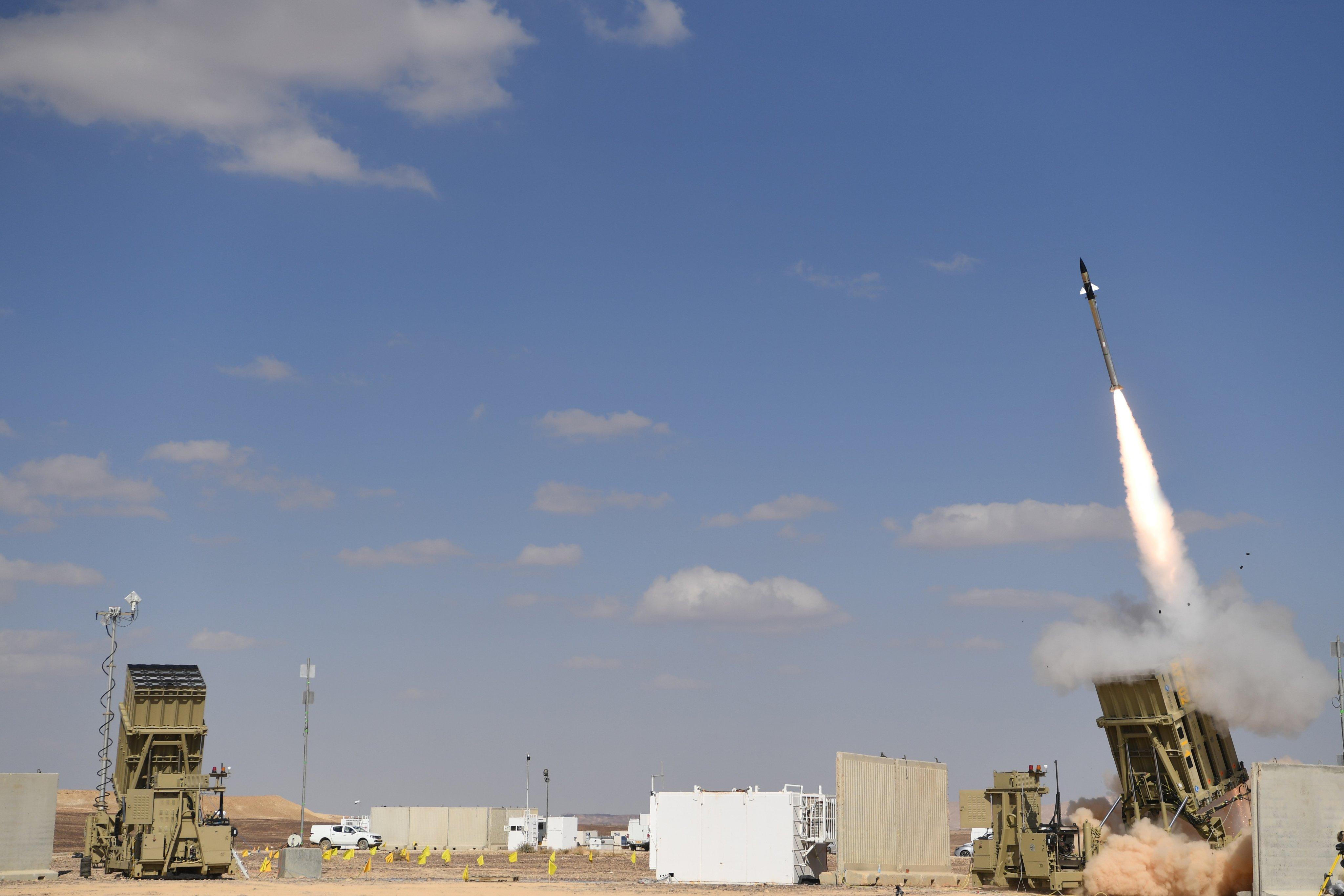Commentary: Focus Of Gulf State Spending Switches To Defensive Capabilities

After a decade of aggressively modernizing fighters and offensive capabilities, the Gulf region is set to shift investment priorities to upgrading missile defense command-and-control systems and multi-domain operations.
The pivot comes as Israel joins a diverse range of prospective suppliers in the Gulf region for missile defense capabilities, offering Barak 8 Iron Dome interceptors along with a fuzed command-and-control system.
The UAE and Saudi Arabia already boast a very advanced air-defense arsenal. The UAE alone operates PAC-3 Patriot missiles and Terminal High-Altitude Air Defense from the U.S. along with Pantsir-S1 systems from Russia. Now the UAE wants to add to those capabilities, plus tie them together into a coherent, all-domain architecture, according to Maj. Gen. Staff Pilot Ibrahim Nasser Al Alawi, commander UAE Air Force and Air Defense, who was speaking to the Dubai International Air Chiefs’ Conference on Nov. 13.
The new architecture requires a command-and-control upgrade that can deliver the “right information to the right level at the right time,” Alawi said. Despite a static display area and an exhibit hall crammed with the defense offerings of nearly 100 countries, the popularity of the Dubai Airshow masks the sobering reality of mostly flat regional military spending forecasts for the Gulf.
The appeal of the Dubai Airshow for the world’s defense exporters remains clear, even amidst the economic and trade effects of the COVID-19 pandemic. Flat military spending in domestic markets is driving U.S. and European companies to look again to the Gulf Cooperation Council states and other regions to drive growth. The presence of American-, Brazilian-, Chinese-, Emirati-, European, Indian- and Russian-built aircraft on the static display here speaks to the competitive pressure on defense contractors to secure deals in this region.
But optimistic sales forecasters may yet be disappointed. Stubbornly sluggish oil prices, a waning modernization cycle and steady geopolitical resistance to new arms exports are combining to keep regional military budgets far below the peak levels reached from 2010 to 2015.
To avoid running large budget deficits, Gulf countries generally rely on oil prices over $80-90 per barrel. But the shale oil revolution drove prices consistently 10-20% beneath that level after 2014. Then the floor dropped out in the first few months of the COVID-19 pandemic, sending a barrel of oil to $20.
More recently, the oil market has recovered. Spot prices reached over $80 per barrel in October for the first time since the pandemic began, according to the U.S. Energy Information Agency (EIA). But a commitment by OPEC to increase production in 2022 likely will force prices to decline to an annual average of $72 per barrel. Not surprisingly, Saudi Arabia—the Gulf’s biggest military spender by far—is budgeting conservatively over the next few years, seeking to flip a budget deficit of more than 10% of GDP in 2020 to a tiny surplus in 2023.
Meanwhile, Qatar, Kuwait and Bahrain have largely completed five-year defense modernization projects, limiting how much those countries can offset the impact of flat spending by the region’s two giants.
